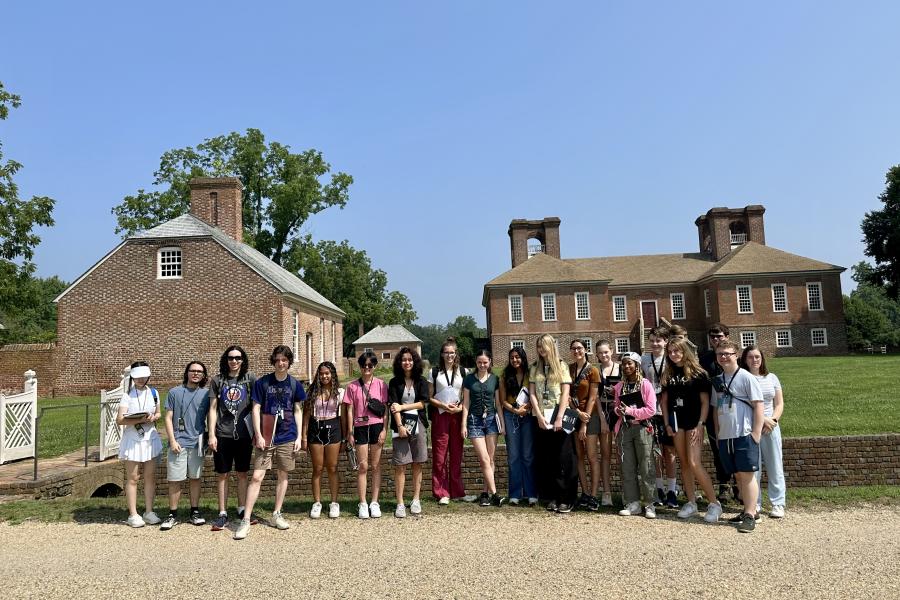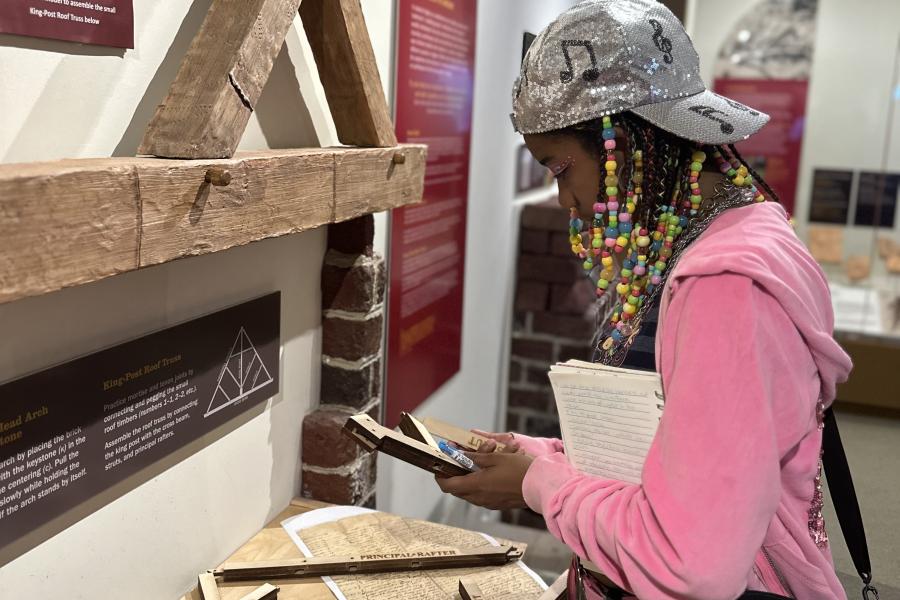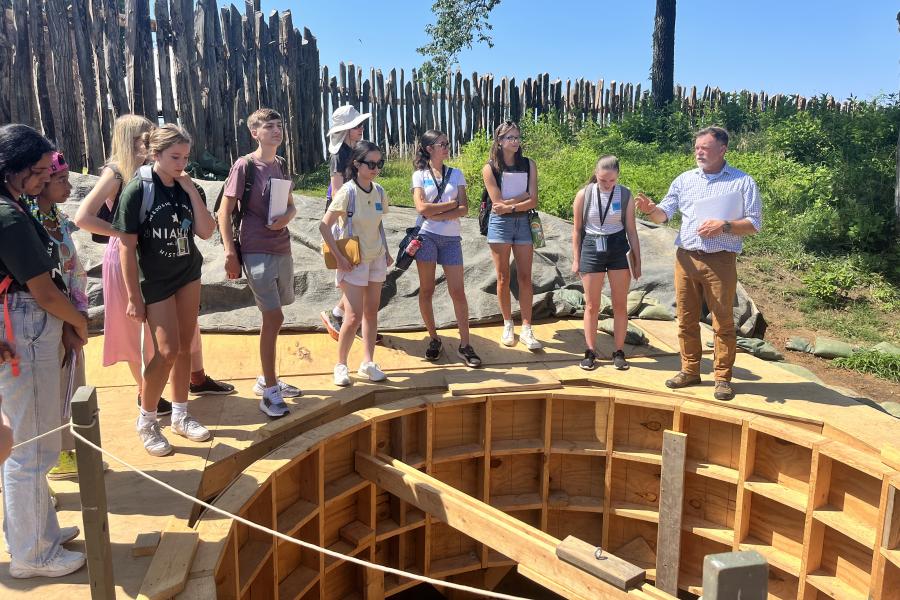The Road to the American Revolution
Session 1, Summer 2025
History 217—The Road to the American Revolution begins along the tributaries of the Chesapeake Bay where Virginia Indians, English colonists, and enslaved Africans contended for access to land, power, and control. Throughout the seventeenth and eighteenth centuries, encounters and conflicts among these peoples shaped and defined colonial politics, religion, society, and culture in Williamsburg and more broadly in Virginia, the largest of Britain's North American colonies.
By the early eighteenth century, Virginia was the largest and most prosperous of Great Britain’s North American colonies. The colony’s elite used profits from tobacco crops grown by enslaved laborers to build large, elegant homes and outbuildings on their plantations. Most of the men, women, and children who lived in Virginia, however, were middling, poor, or enslaved. Some families moved westward in search of economic opportunity or were moved to the Piedmont region to clear land for new plantations. The Proclamation of 1763 prohibited colonists from claiming land west of the proclamation line; this decision prompted Virginians and residents of other colonies to begin to question British regulations, restrictions, and taxes. In 1776, led by men from Virginia, colonists declared independence from Great Britain and seized victory at Yorktown in 1781. What led Virginians and residents of twelve other colonies to declare independence? How did diverse groups of Virginians and Americans experience the American Revolution?
Course Objectives
By the end of this course, you will be able to:
- Use historical thinking to analyze, evaluate, and interpret primary and secondary sources.
- Use evidence-based reasoning and diverse historical sources (written and material) to interpret the past coherently, develop an argument, and present an argument both in discussions and in written assignments.
- Describe the history of English colonization and the roles played by Virginia Indians and African Americans in seventeenth- and eighteenth-century Virginia.
- Explain the economic, social, and architectural origins of Chesapeake plantations and towns, and the way that these landscapes developed during the colonial period and shaped the lives of all people who lived in Virginia.
- Evaluate the ways in which different groups of people—male and female; free and enslaved; white, Black, and Native; young and old—negotiated involvement in the American Revolution.
 |
 |
 |














